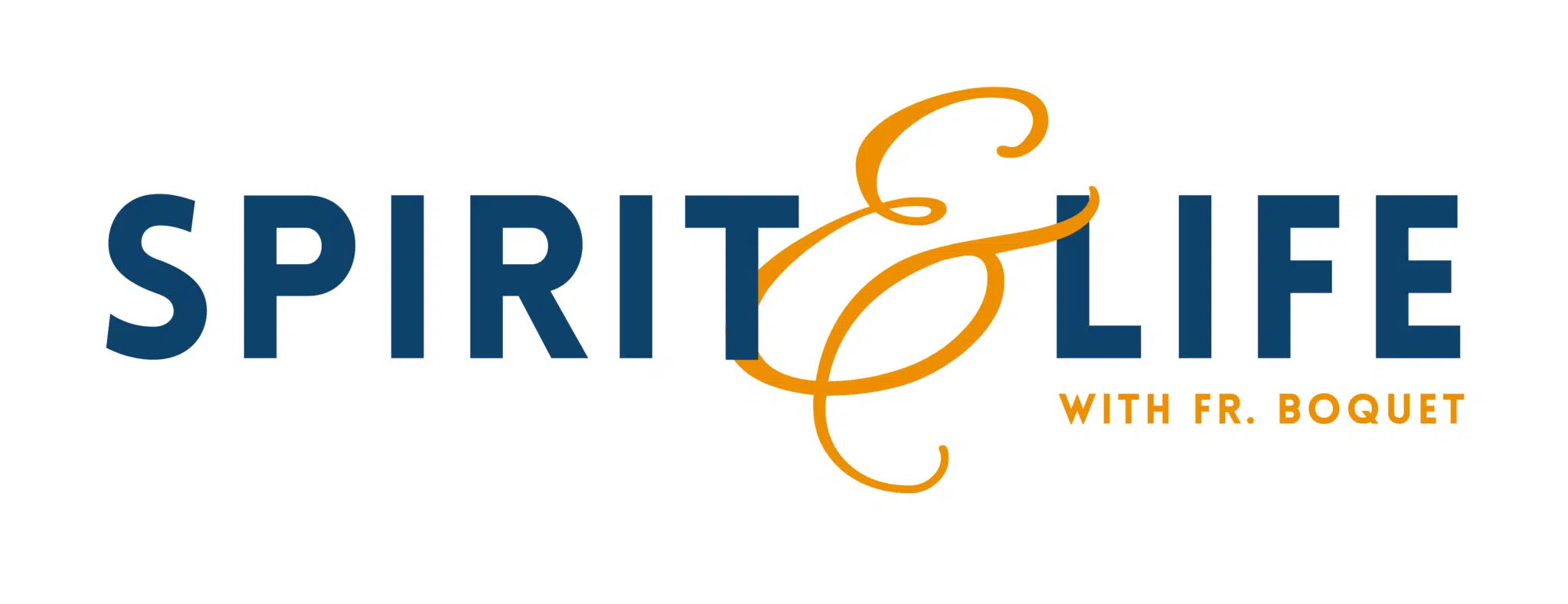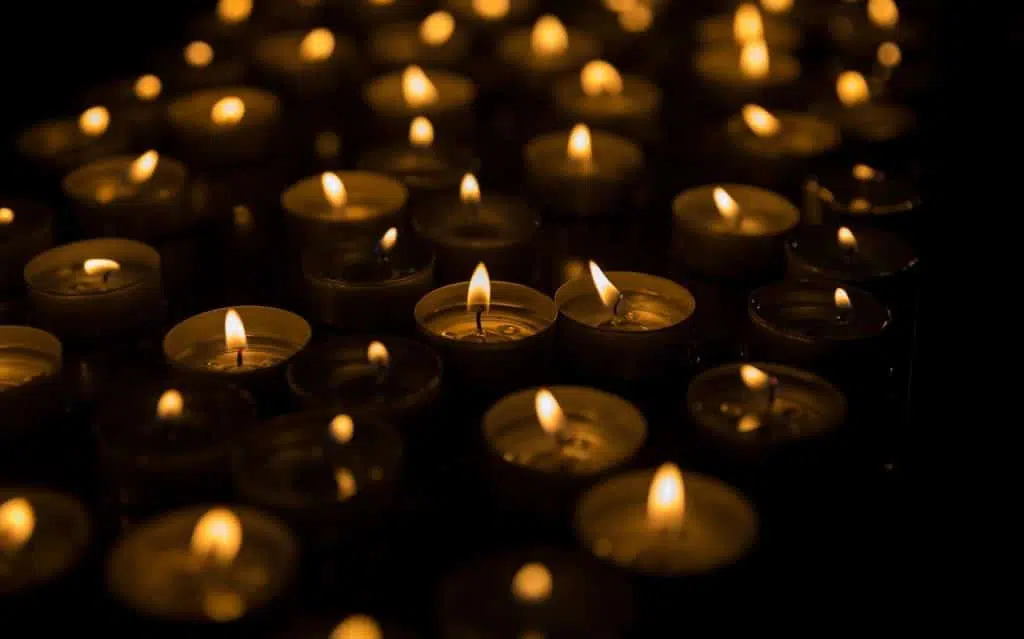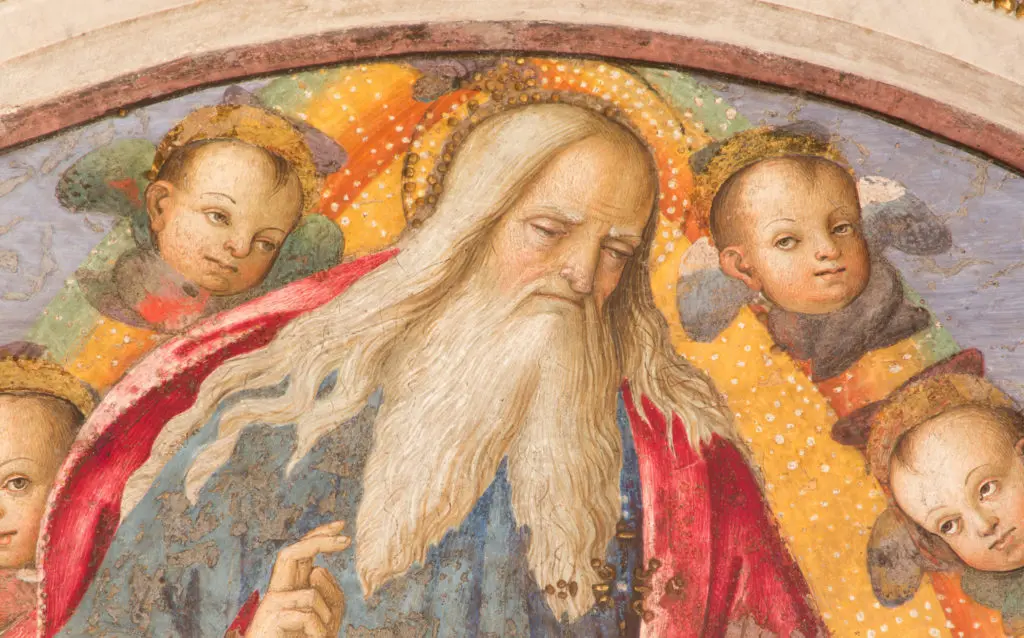Two Decades Later: The Fight of Terri Schiavo

Twenty years ago, a large crowd gathered outside a hospice in Florida where they held a 24-hour round-the-clock prayer vigil. Inside the hospice lay Terri Schiavo, a 41-year-old woman who some years before had suffered a severe heart attack, leaving her severely disabled. Among those present in the crowd, were Schiavo’s parents and her brother Bobby.

As the crowd assembled, Terri was slowly starving to death. After the heart attack, doctors had pronounced that she was in a permanent vegetative state (PVS) and had no hope of recovery. Schiavo’s husband, Michael, had made the decision to have his wife’s feeding tube removed, declaring that she would not have wanted to be kept alive artificially without hope of recovery.
Terri’s immediate family, however, disputed this claim. They noted that she showed signs of responding, and that her life continued to be valuable, despite her injuries. “Terri was not dying,” Bobby recently noted, “and did not suffer from any life-threatening disease. She was neither on machines nor was she ‘brain dead.’ To the contrary, she was alert and interacted with friends and family — before her husband … petitioned the courts for permission to deliberately starve and dehydrate her to death.”
A Fight For Terri
What ensued was a protracted, fierce battle, waged in both the courts and the public square. The Schiavo case garnered international attention and became a flashpoint in the battle over critical end-of-life questions.
Those on the side of Terri’s husband invoked arguments based upon “quality of life,” arguing that keeping her alive through artificial nutrition and hydration was cruel and disproportionate. Those on the side of Terri’s immediate family pointed to arguments on the dignity of human life, indicating that even a life lived with diminished capacity has intrinsic value. They also noted, importantly, that nutrition and hydration, even through a feeding tube, do not necessarily amount to extraordinary care, especially when the tube is already in place and keeping the patient alive.
In the end, after a seven-year battle that included interventions by then-U.S. President George W. Bush, Terri’s husband prevailed. Her feeding tube was removed on March 18, 2005. She passed away a little over two weeks later, on March 31, after slowly starving to death.
Terri’s immediate family were devastated by the outcome of the case and vowed to fight on in defense of the dignity of human life. Terri’s brother, Bobby Schindler, has been especially devoted to this fight, helping found and lead up the Terri Schiavo Life & Hope Network. The purpose of the organization, he said in a recent statement marking the 20th anniversary of his sister’s death, is “to assist families facing the same fate as Terri but also to increase awareness of these government policies taking away a patient and family’s rights.”
Bobby lamented, however, that, “Unfortunately, in these last twenty years, the world has become even more hostile toward a patient’s right to life-affirming care.”
God Giveth and God Taketh
Secularists see “dying with dignity” as “liberation,” believing that a life with pain and suffering lacks meaning. By contrast, Catholic tradition values both the dignity of the human person and the gift of life through the lens of Christ’s redemptive love. The incomparable value of human life assures all people that they will not be arbitrarily mistreated or abandoned.

Indeed, as the world’s population ages, and as the Judeo-Christian roots of our civilization are jettisoned in favor of a pervasive, secular atheism, assaults on the dignity of human life at the end-of-life have heated up. In response to this trend, the Catholic Church has articulated a clear theology of end-of-life issues, which has been incorporated into Catholic health care systems the world over.
In comparison to clear cut moral issues like abortion, end-of-life issues and their moral dilemmas can sometimes be complex, requiring considerable refection about what procedures are appropriate for a given medical condition and stage of life. As a patient becomes severely ill, for example, it can become increasingly difficult to differentiate between what medical interventions are morally obligatory, and what might be morally optional, considered “extraordinary” interventions, i.e. those which are not proportionate to the particular case.
Church Teaching
Life itself is always a good because “the dignity of the human person is rooted in his creation in the image and likeness of God” (Catechism of the Catholic Church, no. 1700). This means that human dignity is a gift from God. It is not earned. It is an unchangeable value, a quality that can never be lost. Hence, when faced with the consequences of age, disease, or a terminal illness, our focus should be not on whether someone’s life has enough “quality” to it, but rather on whether a proposed medical treatment would be unduly burdensome and insufficiently beneficial for the patient’s particular circumstances.
It is generally accepted that a medical procedure that has little hope of benefit to the patient and is unduly burdensome to be considered “extraordinary” and not obligatory. It can be perfectly moral, for instance, for a patient with advanced cancer in good conscience to refuse further aggressive chemotherapy, which has only a minimal chance of slightly extending life, but which might add significantly to their suffering. In this case, the therapeutic intervention no longer offered reasonable benefit and had become burdensome. To forgo this intervention is licit. The patient is not causing or hastening their death but allowing the underlying disease to reach its natural end.
On the other hand, there are many instances that are clearly immoral. This includes any direct effort or by omission to hasten the end of a patient’s life. In the most extreme cases, we find instances of euthanasia, in which a medical professional actually delivers a lethal dose of some drug to a patient, or assisted suicide, in which a medical professional provides the lethal poison to the patient, to be self-administered.
There are, however, moral complexities, such as when a palliative care doctor administers pain-killing drugs that may have the side effect of hastening the patient’s death. The Church encourages appropriate treatment for pain, even when such treatment may indirectly shorten life, so long as the intent is not to hasten death. As the Ethical and Religious Directives for Catholic Health Care says,
Patients should be kept as free of pain as possible so that they may die comfortably and with dignity … Since a person has the right to prepare for his or her death while fully conscious, he or she should not be deprived of consciousness without a compelling reason. Medicines capable of alleviating or suppressing pain may be given to a dying person, even if this therapy may indirectly shorten the person’s life so long as the intent is not to hasten death. Patients experiencing suffering that cannot be alleviated should be helped to appreciate the Christian understanding of redemptive suffering (no. 61).
What is chosen is pain relief. Assuming that the administration of the drug is proportionate to the suffering the patient is experiencing, then this can be a licit act. This is an application of the principle of double effect. If, however, the administering doctor intends to hasten the death of the patient, rather than simply to alleviate suffering, then this would be an illicit act.
Compassion For Every Life
Supporters of euthanasia and physician-assisted suicide justify their advocacy on the grounds that the pain of terminal illness is too great for most to bear. They hold that it is more merciful to kill the suffering patient. However, no one has the right by act or omission to end their life or the life of another person in order to eliminate suffering. We are stewards, not owners, of our lives. By focusing on the “quality of life” and desire to alleviate suffering, the patient’s intrinsic dignity and the value of redemptive suffering is ignored. In such a case the patient is purposely deprived of consciousness, eliminating the opportunity to suffer in union with Christ, participate in their death, and prepare themselves spiritually.
True care and compassion for the dying, who will soon meet God, means to respect their dignity by helping them in this decisive phase of life.
So, what about cases like Terri Schiavo, which involve the administration of nutrition and hydration (ANH) through a feeding tube? Where does this fall?
In 2007, the Vatican’s Congregation for the Doctrine of the Faith, then under Cardinal William Levada, responded to a series of questions posed directly in response to the Schiavo case. In its response, the Vatican implicitly condemned the decision to remove Schiavo’s feeding tube, writing, “The administration of food and water even by artificial means is, in principle, an ordinary and proportionate means of preserving life. It is therefore obligatory to the extent to which, and for as long as, it is shown to accomplish its proper end, which is the hydration and nourishment of the patient. In this way suffering and death by starvation and dehydration are prevented” (CDF, Commentary).
In the United States, this moral stance is incorporated into the so-called Ethical and Religious Directives for Catholic Health Care Services (ERDs). This document formalizes Catholic ethics in relation to a host of questions, helping guide Catholic hospitals and other healthcare facilities to carry out the work of healing guided by an authentically Catholic ethos.
Directive 58 of the ERDs deals with medically assisted nutrition and hydration (ANH). This section of the document clarifies that patients should receive food and water by “medically assisted” means if necessary.
A Moral Guideline
Moral theologian Fr. Thomas Berg, explicating the implications of Directive 58, notes that, “This teaching extends beyond the specific case of persons in so-called permanent vegetative states (PVS) to include any patient suffering a pathology that makes them unable to assimilate food and water without artificial assistance, such as advanced Alzheimer’s disease or acute dementia.”
The Catholic Health Association (CHA) has also published a document explaining Directive 58, noting that this directive asserts two important things: “(1) that in principle there is an obligation to provide food and water to patients, and that this includes medically assisted nutrition and hydration for those who cannot take food and water orally and (2) that medically assisted nutrition and hydration becomes ‘morally optional’ when (a) they can no longer prolong life or (b) when they become ‘excessively burdensome for the patient.’”
The CHA continues, “This judgment is a clinical judgment between the patient (or surrogate) and the physician. Among the clinical elements that need to be assessed are: the indications and contraindications of tube feeding for this particular patient and understanding potential medical complications that might occur.”

As usual, then, the Church’s position on this issue is one that is nuanced and sophisticated, as well as based firmly on the inalienable dignity of the human person. Physicians and the loved ones of those nearing death are not necessarily hamstrung by a blanket rule but are rather guided by firm ethical principles that can be applied in different ways in different circumstances.
In light of these principles, Fr. Berg notes that it would be “immoral” for Catholics to write so-called “living wills” that provide a blanket directive to the effect that they should not be provided with nutrition and hydration should they suffer some significant illness.
Resist The Assault on Life
Twenty years after the death of Terri, her brother Bobby says it is difficult remembering the final days of her life. “It doesn’t get any easier thinking about those events,” particularly “having to witness my sister die such a terribly unjust and inhumane death,” he told the Catholic News Agency.
“The only thing keeping her alive was the same thing that keeps us all alive, which is food and hydration.”
Bobby notes that in the past twenty years, he has been approached for assistance with many difficult cases, but that it seems to him that physicians are very quickly deciding to remove life-extending care. He lamented that “decisions are being made awfully quick, particularly when someone experiences a brain injury, to stop treatment.”
“Sometimes [within] days, sometimes even hours, pressure is being put on families to terminate treatment,” he continued. “They need time.”
We can all take inspiration from Bobby’s commitment to continuing to fight for life, in the face of the growing strength of the culture of death. “The fact that Terri’s case was not isolated and it’s happening every single day across countless hospitals and nursing homes and hospices is just troubling,” Bobby told CNA.
“It happens every single day. And that’s why we’re doing the work that we’re doing, trying to help other families that are confronted with similar types of situations.”

You can find out more about the Terri Schiavo Hope & Life Network here. And, of course, we have numerous resources on end of life and other life and family issues, here on our website.

